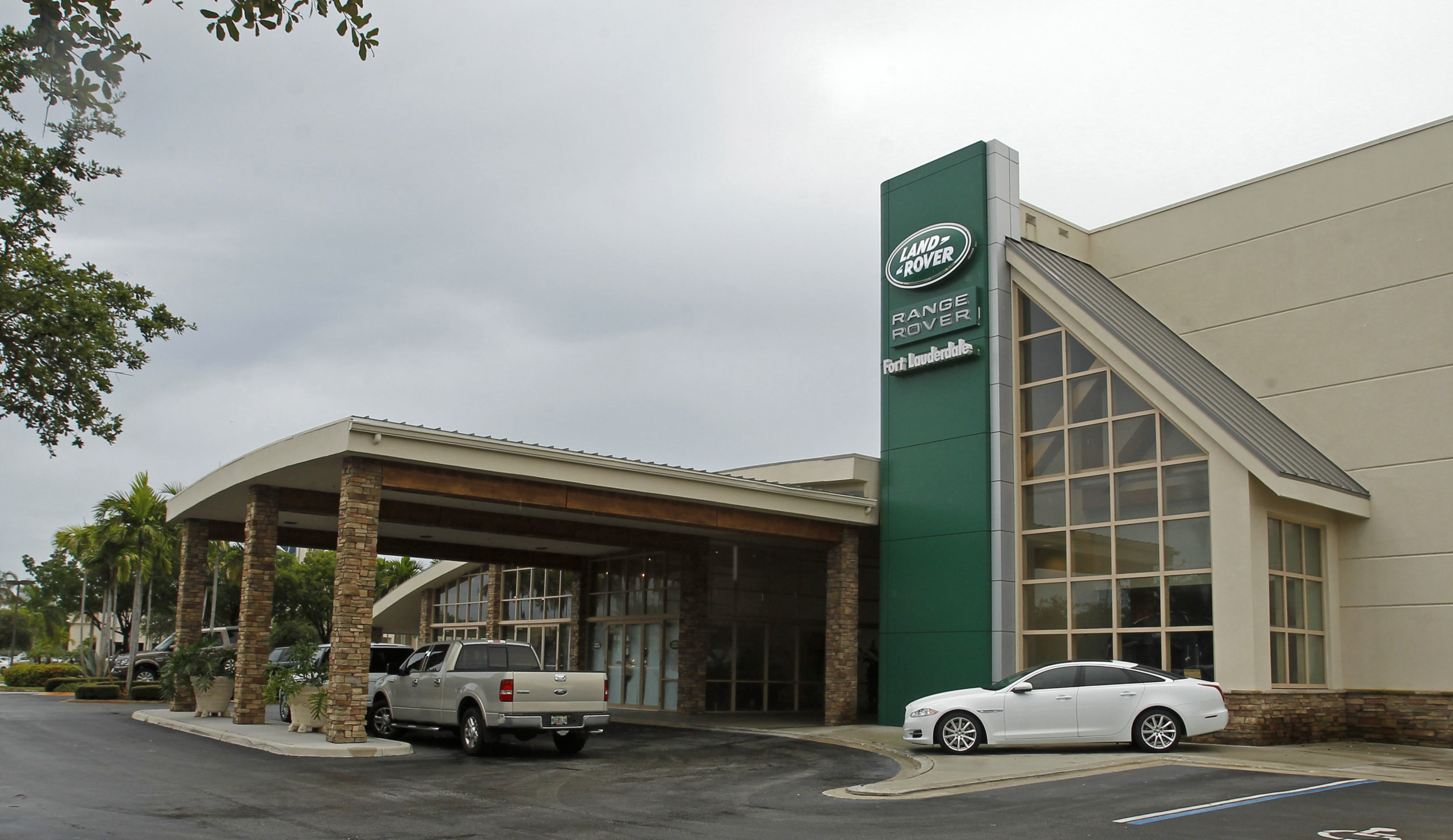DETROIT (AP) — Prices of new and used automobiles are staggeringly high, and that’s partly responsible for strong earnings last year by AutoNation, the country’s largest dealership group.
Mike Manley, CEO of the Fort Lauderdale, Florida, company, said used-vehicle prices are starting to ease a bit, but he doesn’t think new-vehicle supplies will improve much until the second half of this year.
New vehicles are scarce and prices are high because a global computer-chip shortage has forced all automakers to limit production.
Manley, whose appointment was announced in September, previously was head of the Americas region for Stellantis, formerly Fiat Chrysler.
AutoNation has over 300 store sites nationwide and made $1.37 billion in net income last year, up 260% from 2020.
Manley talked in an interview Thursday with The Associated Press. Questions are edited for length and clarity.
Q: AutoNation reported that used vehicle revenue was up 55% last quarter. Yet used vehicles were in short supply. Is the increase due to rising prices?
A: Our (sales) volume in used was up 21%, so you can see it’s a combination of volume, but also pricing. We did continue to see, through the fourth quarter, increases in terms of used-car pricing. I think that’s started to moderate particularly in cars two years and younger. So we’re seeing that moderation, which will, in my opinion, continue through this year.
Q: Edmunds.com had the average used-vehicle price at over $29,000 in January. If you’re buying your first car, or your car gets totaled and you need to replace it but don’t have a lot of money, is their any relief in sight?
A: Anyone who is adding to their fleet, or first time in, is picking up the brunt of that. I do think you are going to see improvements in inventory at that level. They’re buying kind of a $20,000 used vehicle. From my point of view, if we do see an improvement in new-car supply in the second quarter and the third and fourth quarters, that mitigation we’re seeing on younger new vehicles will filter down. It will take some time. So I think you are going to begin to see good quality vehicles returning to market in areas that will attract those types of buyers.
Q: So if I want this $20,000 used car, should I wait?
A: It is very beneficial for people to say, “Listen, this is the type of car that I’m looking for,” because we now have a system to make sure we track those things. These cars are rare. They’re not unicorns. Obviously, the demand is higher than the supply, but there is supply. My recommendation is to come down to one of the dealerships. We’ll be transparent when we see something coming in.
Q: Is the supply of new cars improving?
A: It’s not better. We’re not going to see an improvement in inventory levels in the first or second quarter, in my opinion. I think what we may see is some improvement in supply in the second. But the vast majority of that now is pre-sold. It will take into the third and fourth quarter where I think we are going to begin to see some rebuilding of inventory.
Q: Will we ever get back to huge supplies of new cars, big discounts and lower prices?
A: The question is how do they moderate, if at all, going forward? For me, it’s going to very much depend on how embedded are the learnings in the industry about keeping the balance between inventory and demand. Unfortunately, the pandemic, and none of us like that, but we’ve got that once-in-a-lifetime reset button. Now it’s down to: Are we going to make sure we take advantage of it, keep that discipline going forward? I think we are, because there’s enough embedded intelligence in the OEMs (automakers) and then the large dealer groups to say we really need to keep this balance going. It’s actually not a bad thing selling at MSRP (sticker price), is it?
Q: Will people still be able to haggle with dealers?
A: I don’t think we are going to return to the pre-pandemic 2017, 2018 (profit) margins, that were really driven down by a significant amount of inventory. What’s important really is your total cost of ownership. What you might get is a much better balance between what you’re paying on the front end and the residual you get when you come to trade or sell the vehicle.

